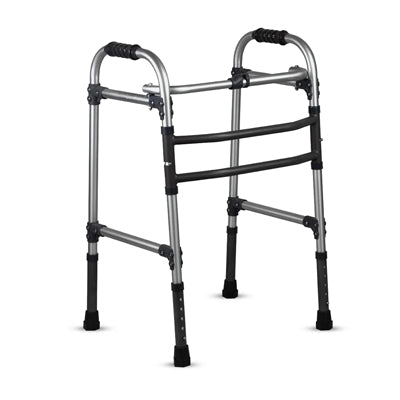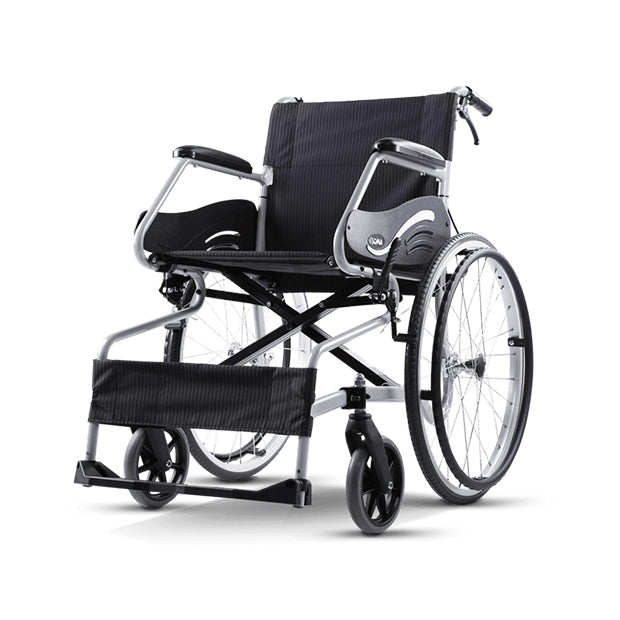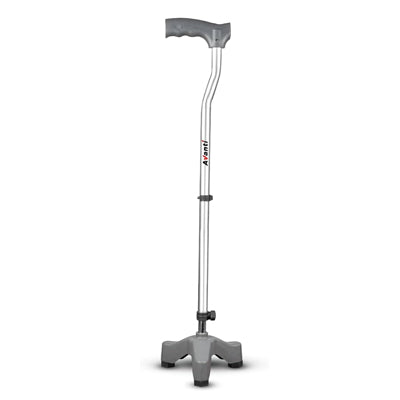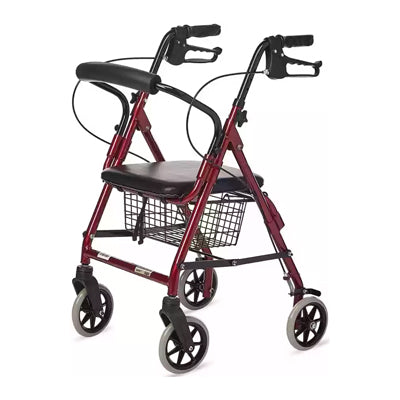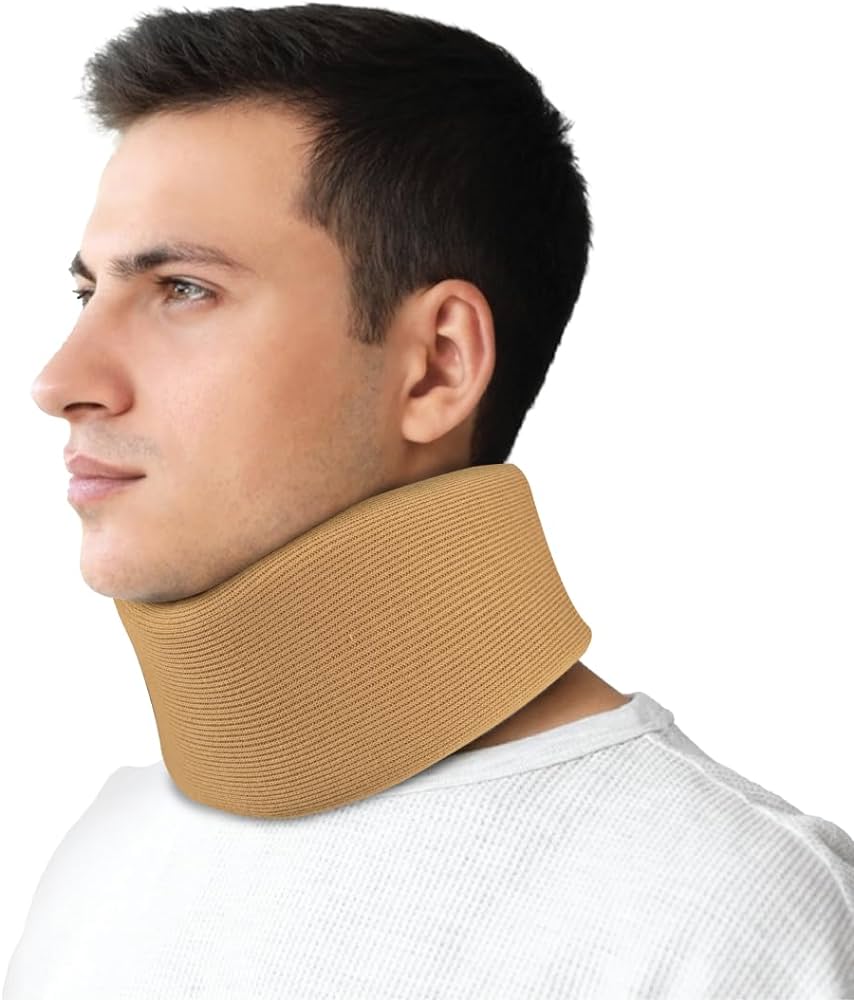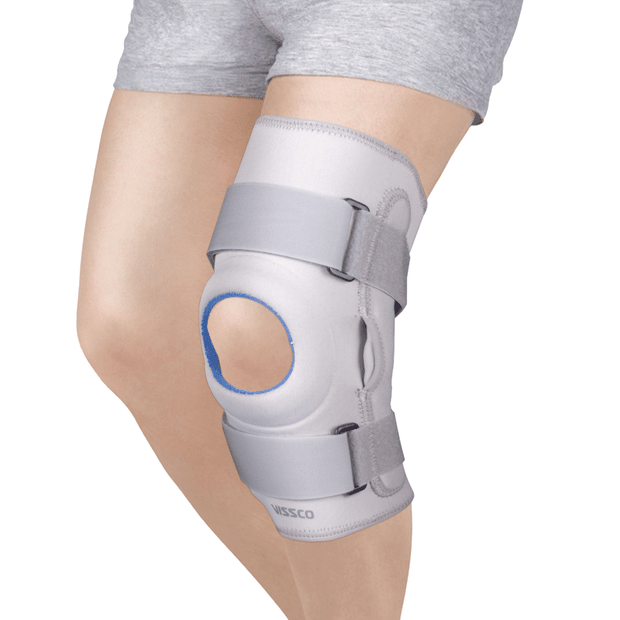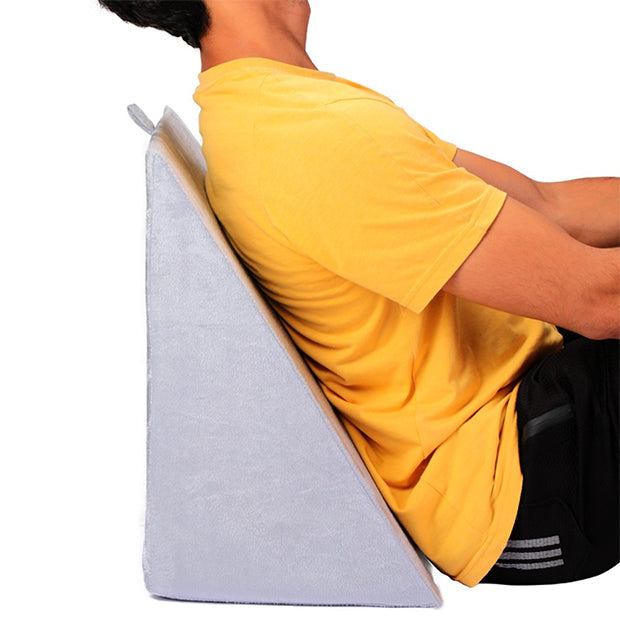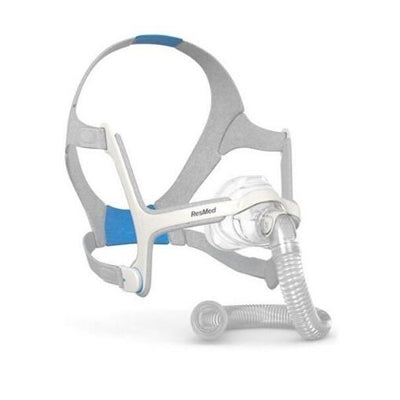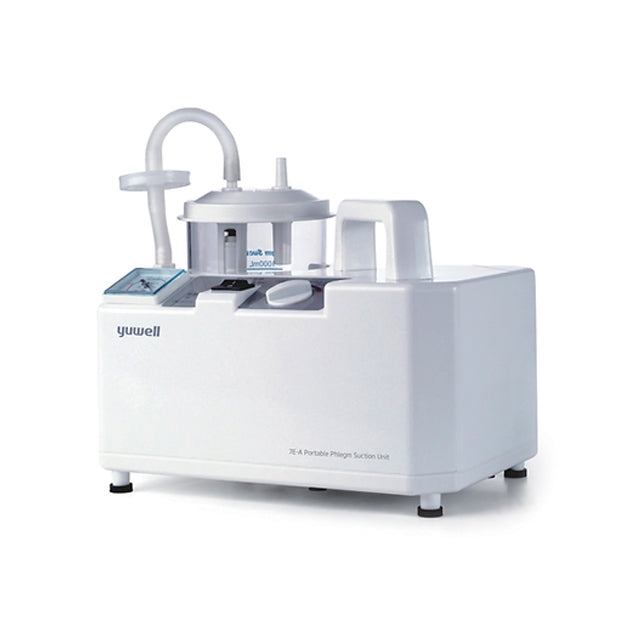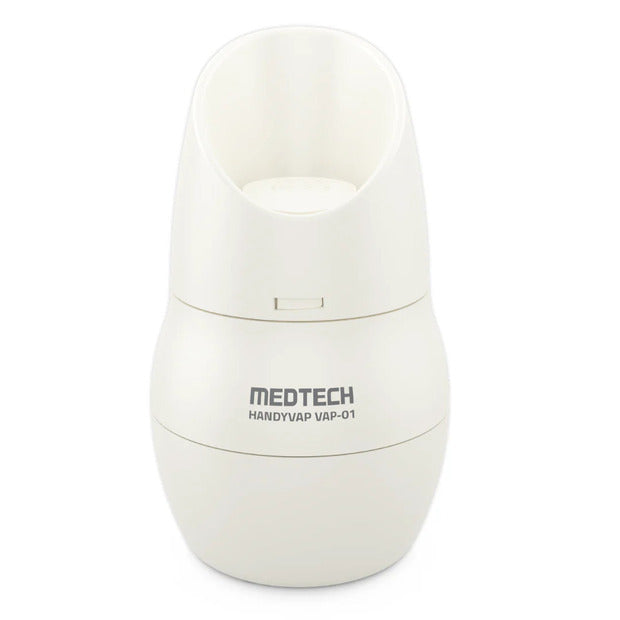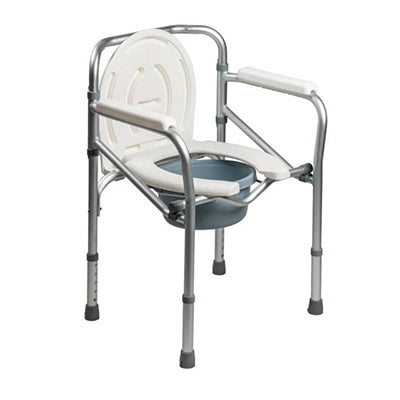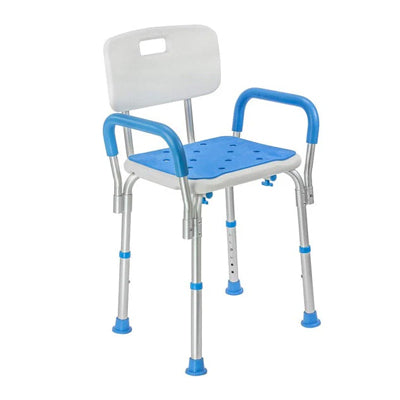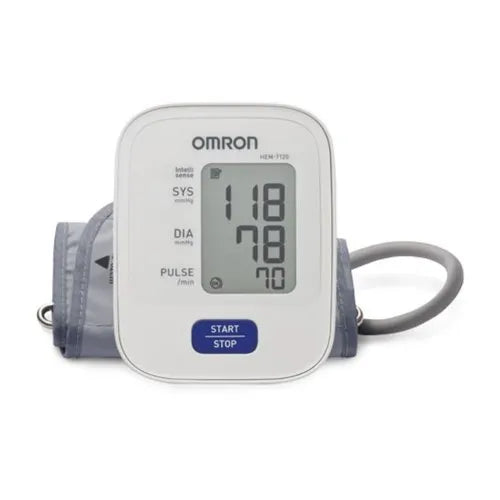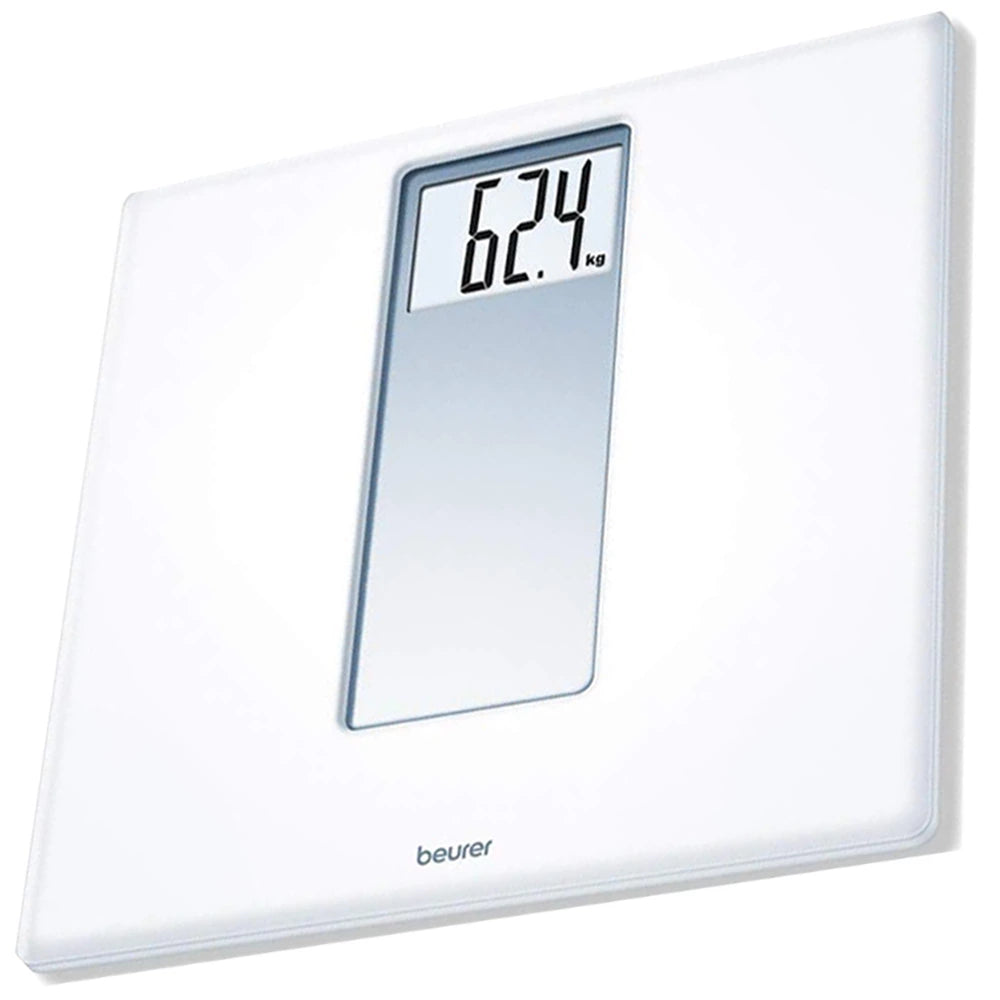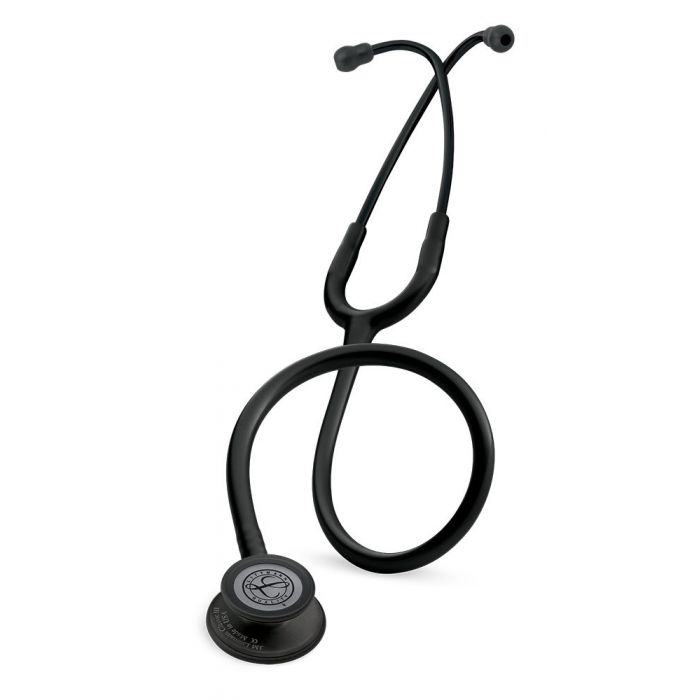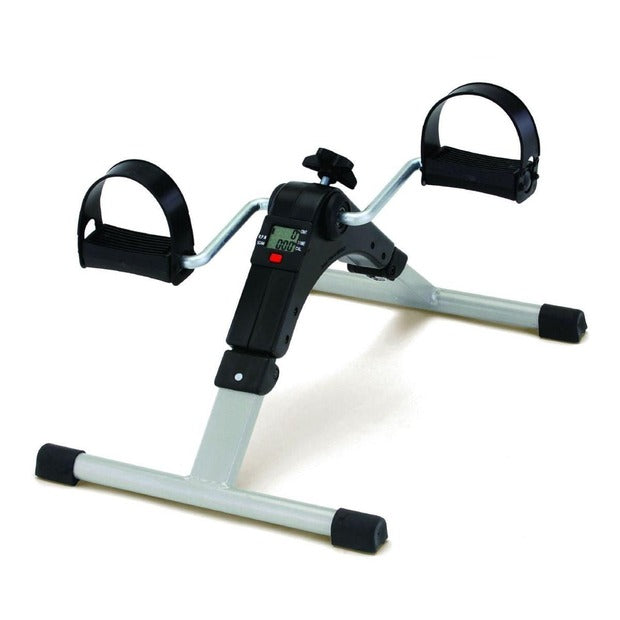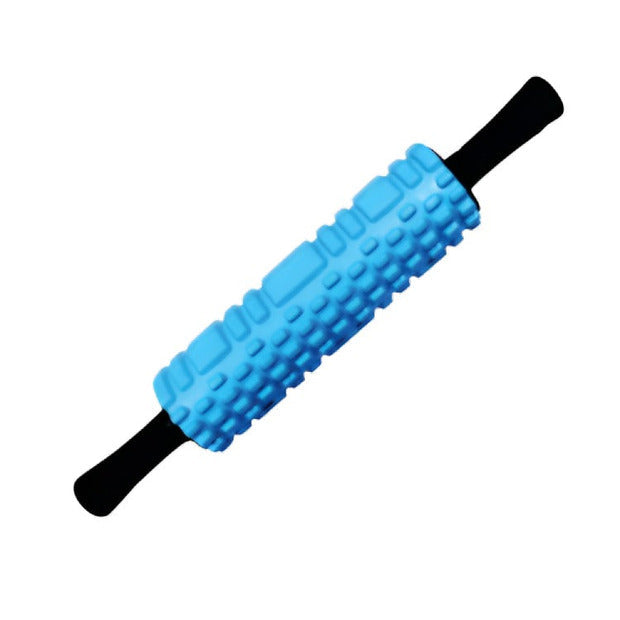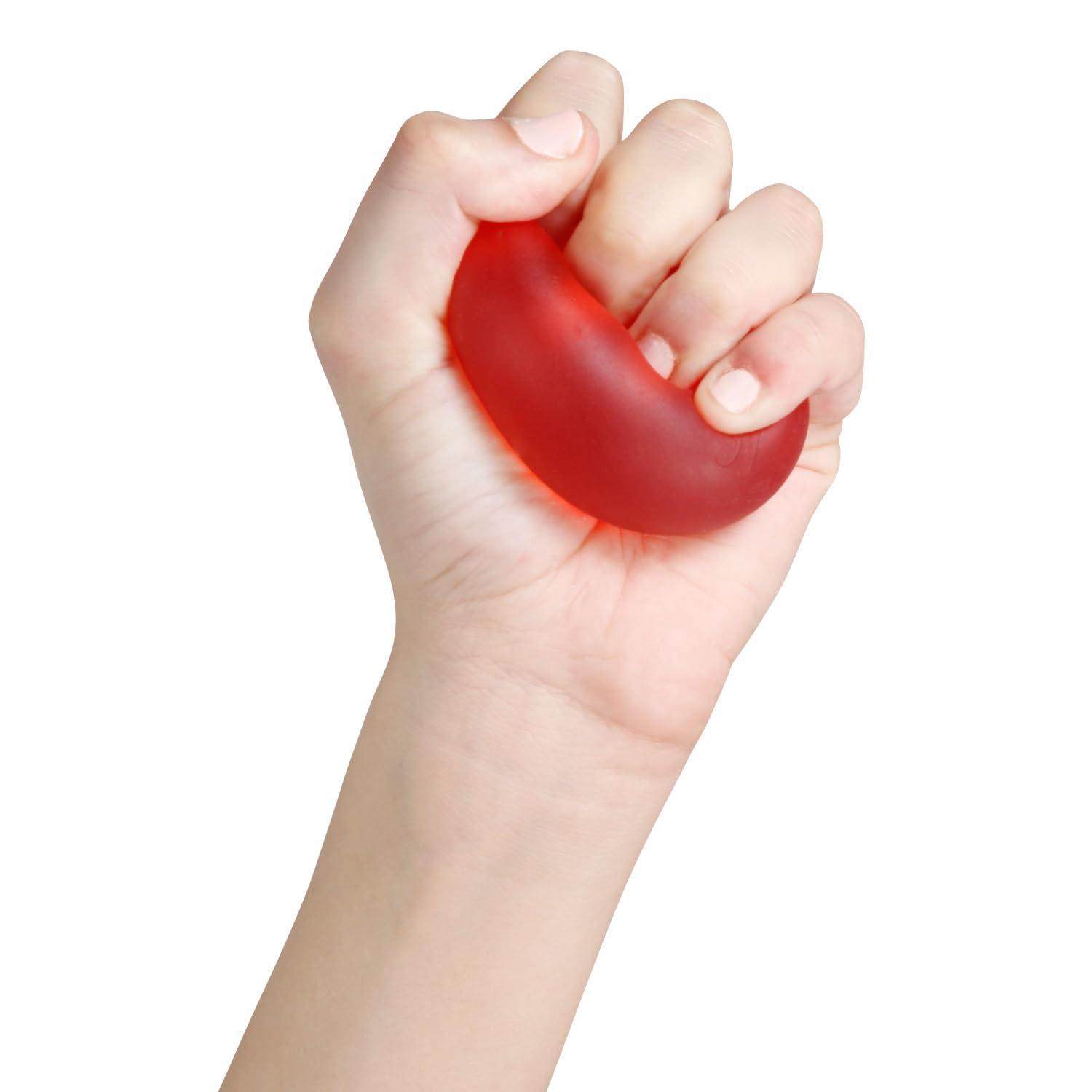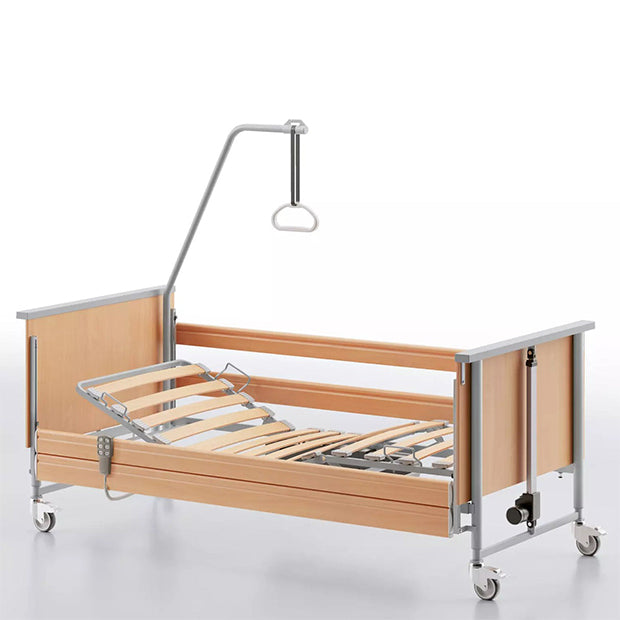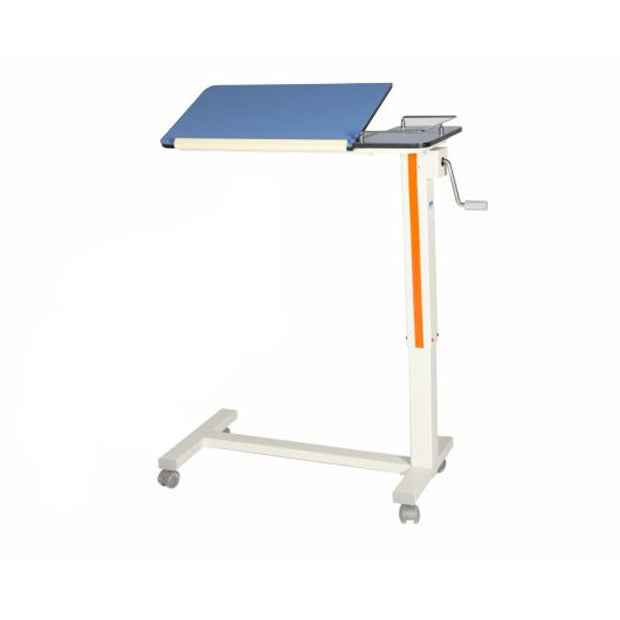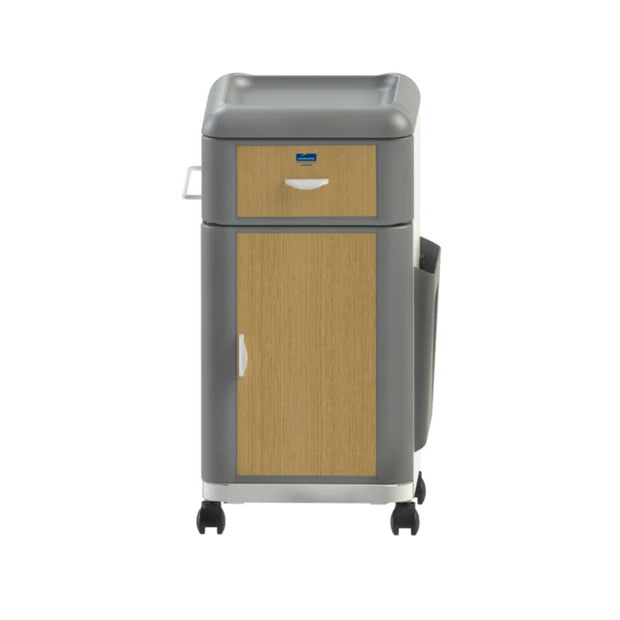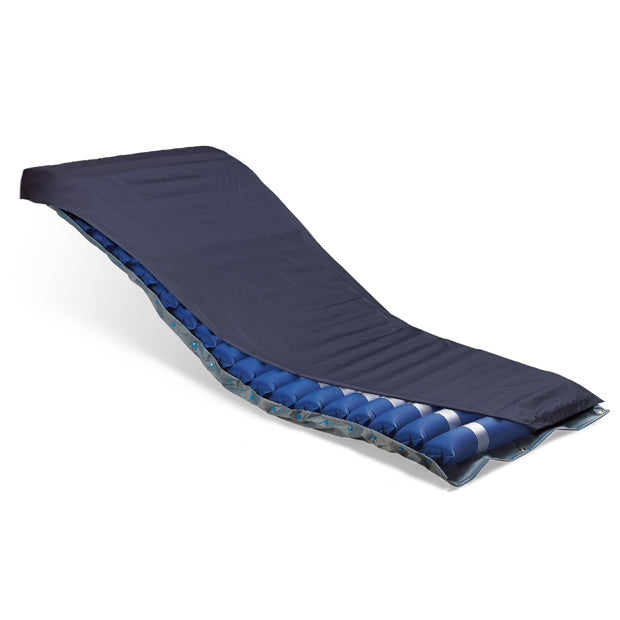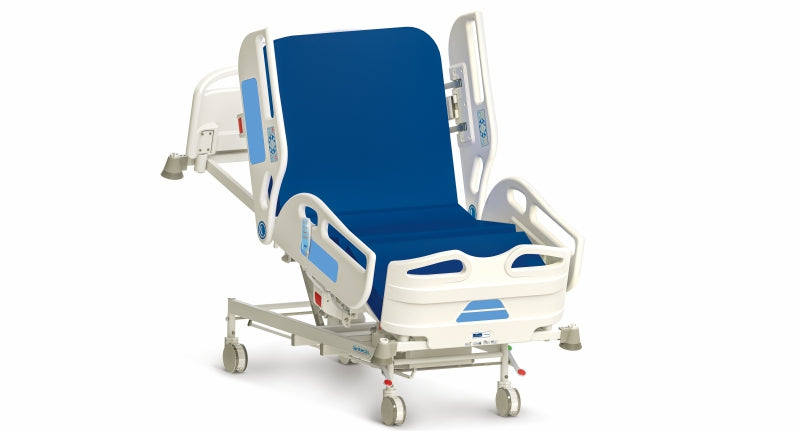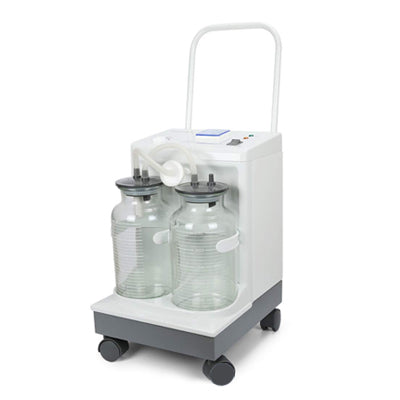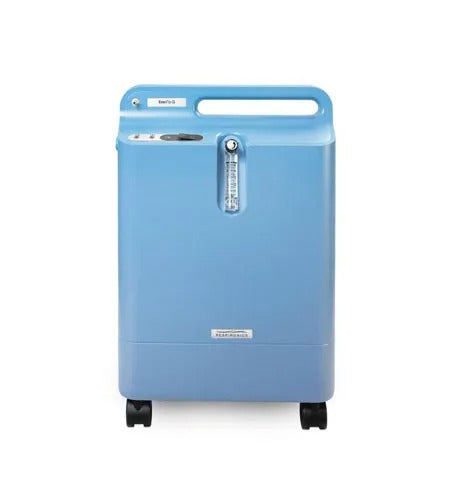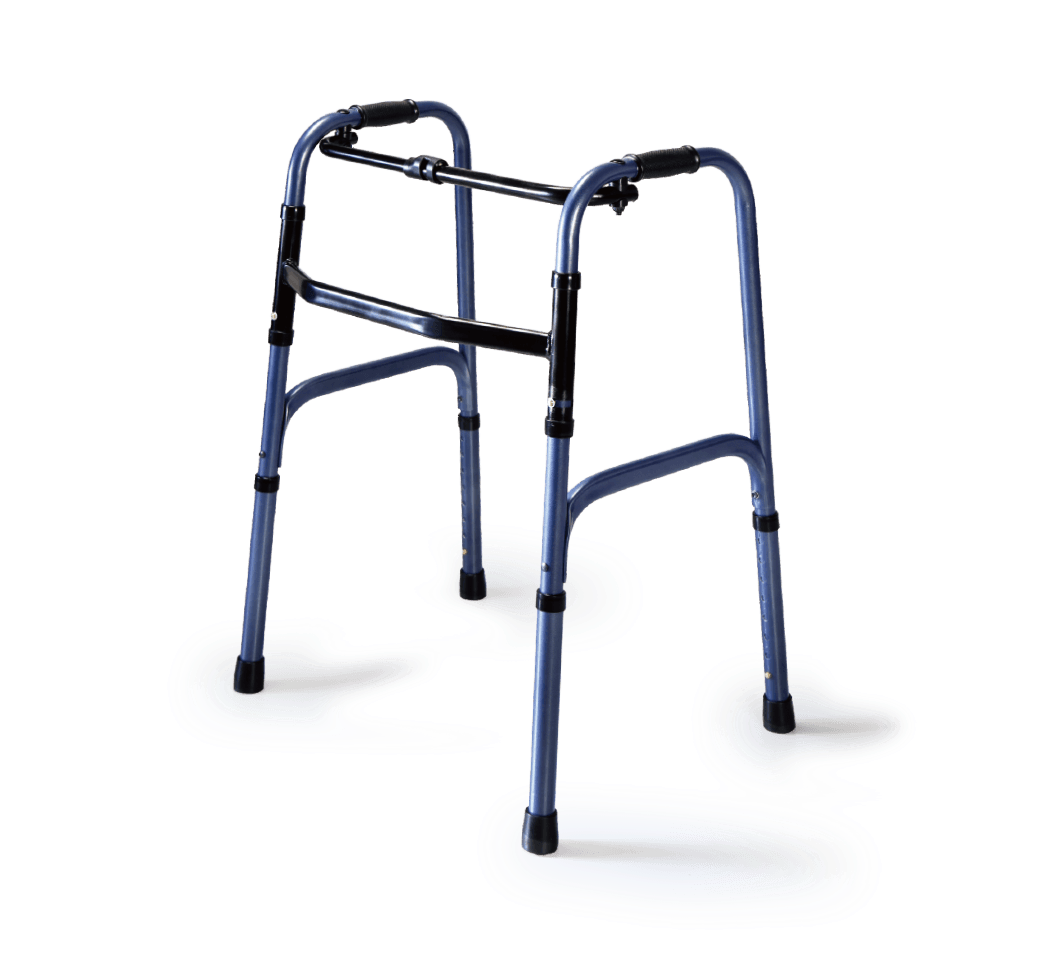Understanding Back Pain: Common Causes and Prevention Strategies
Back pain is a common medical issue around the globe. It may be developed suddenly or due to degenerative causes. Mild back pain can transmute into chronic and long-lasting back pain if one does not attend to it. One may experience constant or intermittent pain. In some cases, it may even shoot down the legs. The treatment options can vary based on back pain causes and its symptoms.
But first, it is important to understand the anatomy of the human spine.
Spine Anatomy
The lower back part of the spine consists of 5 lumbar vertebrae. These vertebrae are the foundation of the spine. They offer flexibility and support to the back as they are present between the pelvis and the ribs. The flat discs between each vertebra serve as shock absorbers. These small discs feature a jelly-like center surrounded by a tough outer shell. Pressure is evenly distributed through these discs throughout the spine.
Five lumbar nerves (L1-L5) and five sacral nerves (S1-S5) branch out from the lower back. When there are issues with these nerves, you can experience back pain.

Many people experience back pain occasionally. While it is discomforting, around 90% of cases do not require surgical intervention.
However, it is essential to be aware that back pain can recur. In fact, around half of people who experience lower or upper back pain once may face it again. But if this back pain lasts over 12 weeks, it is considered chronic.
Back pain causes
It is important to understand the back pain causes in order to come up with back pain prevention strategies. Back pain can arise due to an underlying illness or an injury. Let us discuss a few of the reasons for back pain.
● Sprains: Improper movement can tear muscles or cause ligament strains in the lower back, leading to back pain.
● Traumatic Injury: A sudden jerk due to a fall or accident can damage the lower back's bones, discs, or soft tissues.
● Fracture: A break in one vertebra can create substantial discomfort and restricted motion.
● Herniated Disc: When the external covering of the disc rips, the center can stick out and also aggravate nearby nerves, causing discomfort, numbness, or weakness.
● Sciatica: Pain due to sciatica can cause discomfort, affecting your legs due to swelling of the sciatic nerve.
● Lumbar Spinal Stenosis: As the spinal canal contracts or tightens, back nerves stress out, leading to numbness, weakness, and discomfort.
● Osteoarthritis: It is a higher form of joint disease that affects the joints in the spinal cord and is one of the back pain causes
● Scoliosis: Improper back curvature can stress your back muscles and cause pain.
Signs of Back Pain
There are some telltale signs of back pain. Keeping an eye on these types can help you come up with a back pain solution:
● Back pain that increases while resting, standing, or strolling
● Discomfort or pain in the lower part of the back
● Back pain radiating down to the legs
Back Pain Prevention Tips
Back pain prevention is possible if you incorporate some healthy lifestyle adaptations. You can also consider using external support products for the same.
● Practice Regular Exercises: It is quite common to minimize exercises and rest when our back hurts. Taking some rest might help, but extended rest can only aggravate your pain. Studies prove that regular exercises can ease muscle tension and swelling. Reach out to a fitness expert to learn the best exercises for lower back pain. Yoga can also boost strength and improve posture.
● Weight Check: Excess fat around the midsection can lead to back pain. Fat can shift the body's centre of gravity and strain the back.
● Posture Improvement: Check the right posture by standing against a wall on your heels. Your shoulders, buttocks, calves, and head should touch the wall. If your body posture changes, correct it properly as you step forward.
● Consider Using a Back Support System: Are you tired from the daily dose of back muscle stiffness and pain? Tynor Orthotic's advanced range of back supporters with buckles or back braces can minimize the severity of pain. These back supporters or braces also improve your overall posture. This is a back pain solution you must try.
Tynor's back supporters or braces deliver stability and support during movement. The spinal brace offers full support and in-depth coverage to thoracic-lumbar-sacral spinal sections. The brace immobilizes the spine in its neutral position while allowing required body movement for normal day-to-day activity.
● Sleep in the Right Position: You can change your sleeping position in case of recurrent pains. For instance, sleep on your side to minimize discomfort.
How to Treat Your Lower Back Pain?
Back pain usually disappears within a few weeks or months of at-home treatment and prevention. Some of the easy back pain relief tips that can aid the healing process are:
● Take out time for back exercises and stretches
● Use hot or cold packs
● Opt for OTC (Over-the-Counter) pain relievers if your doctor recommends
● Do as much activity as you can bear comfortably
● Relax (not bed rest) to minimize muscle stress and tension.
Conclusion
Back is an important part of our body. It is directly linked to other body parts that ensure optimal bodily function. Taking care of it by addressing the back pain causes should be everyone’s top priority. For maximum support, advanced back support systems or devices by Tynor can help. We are a pioneering name in the orthopaedic care industry. Thus, we offer advanced healthcare solutions. Our revolutionary range of back supporters, including back braces and other ortho-care products, deliver optimal cushioning and support to prevent backaches and improve posture.




